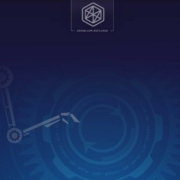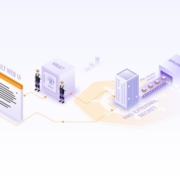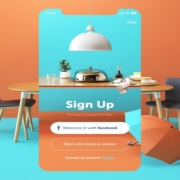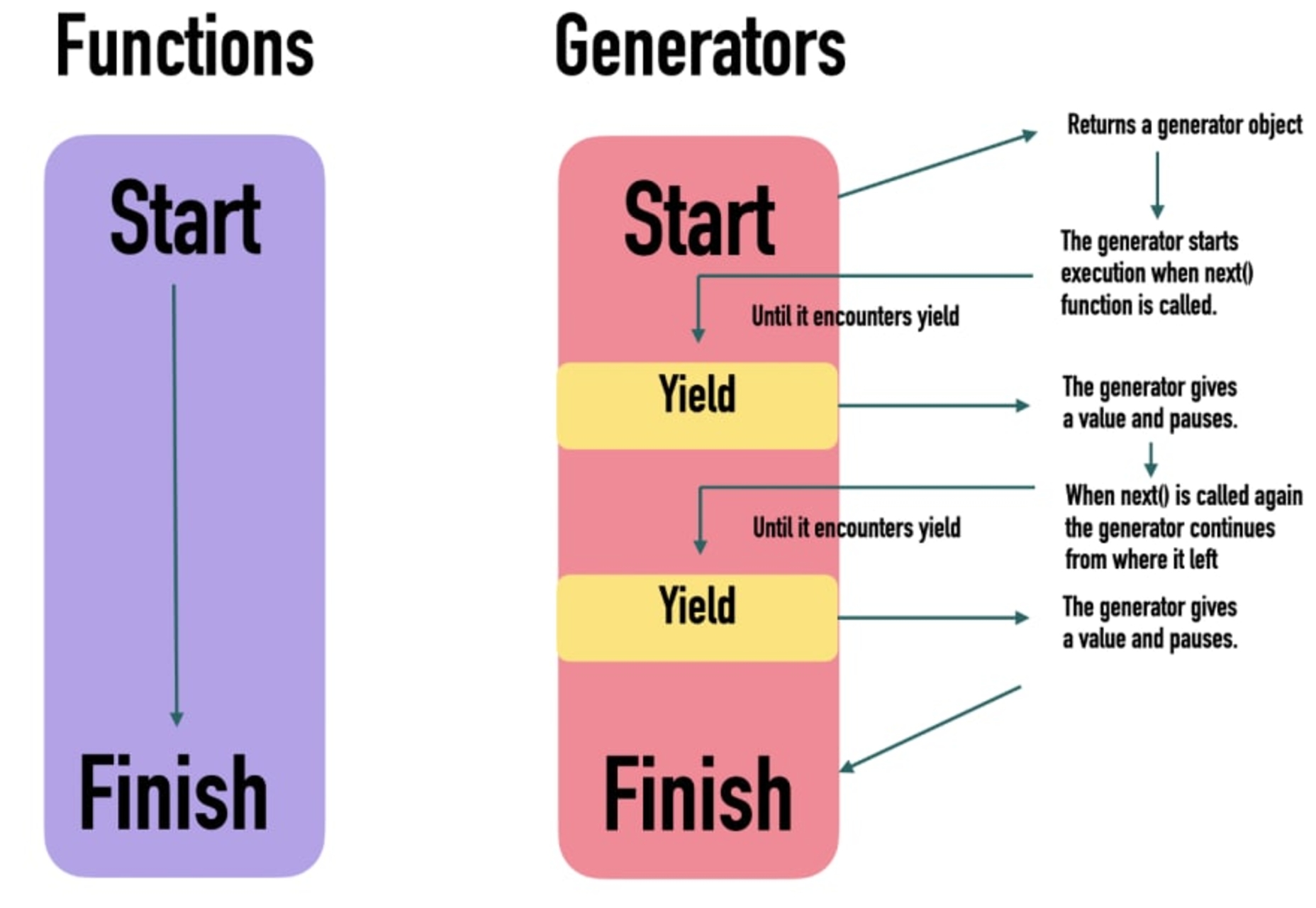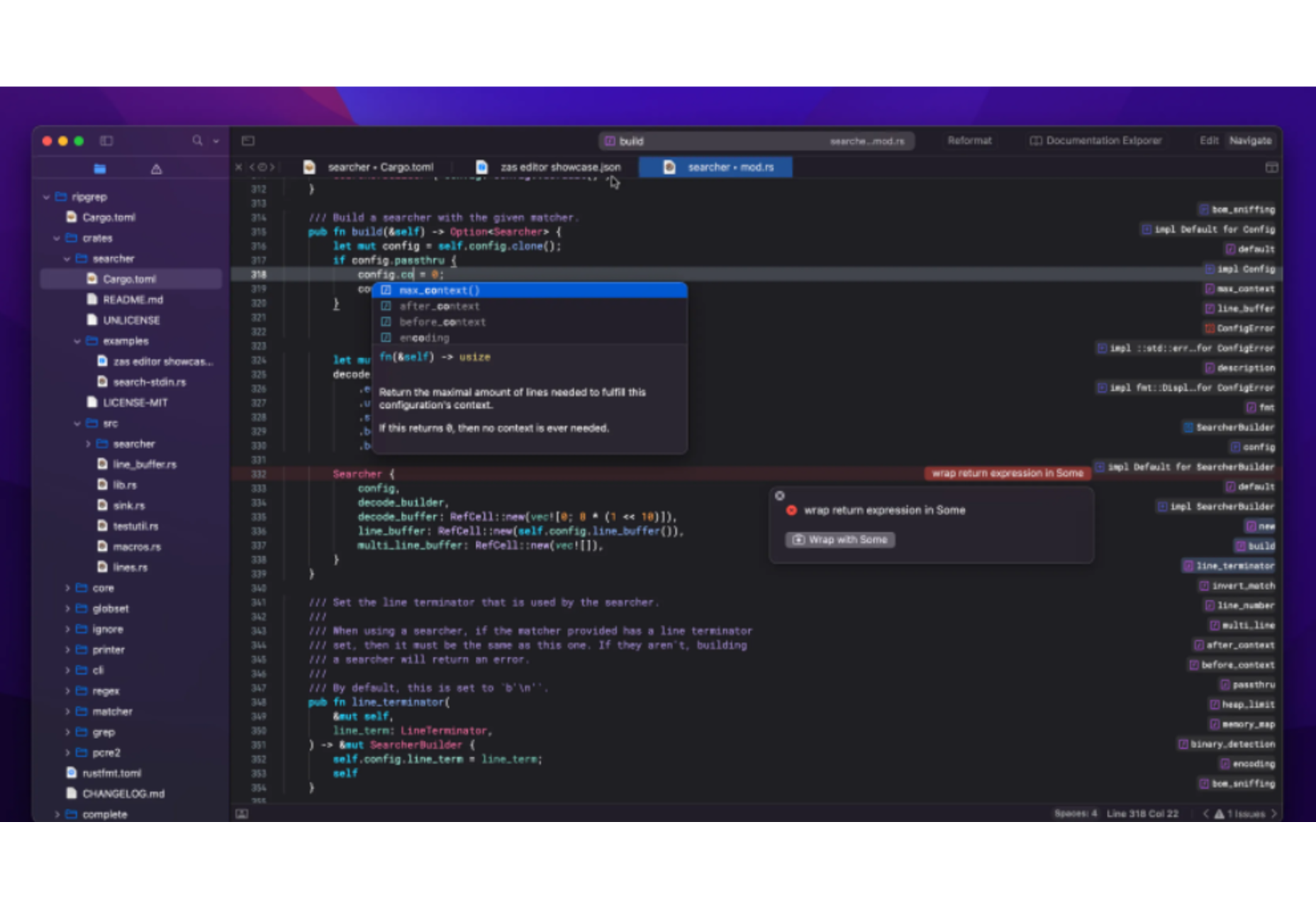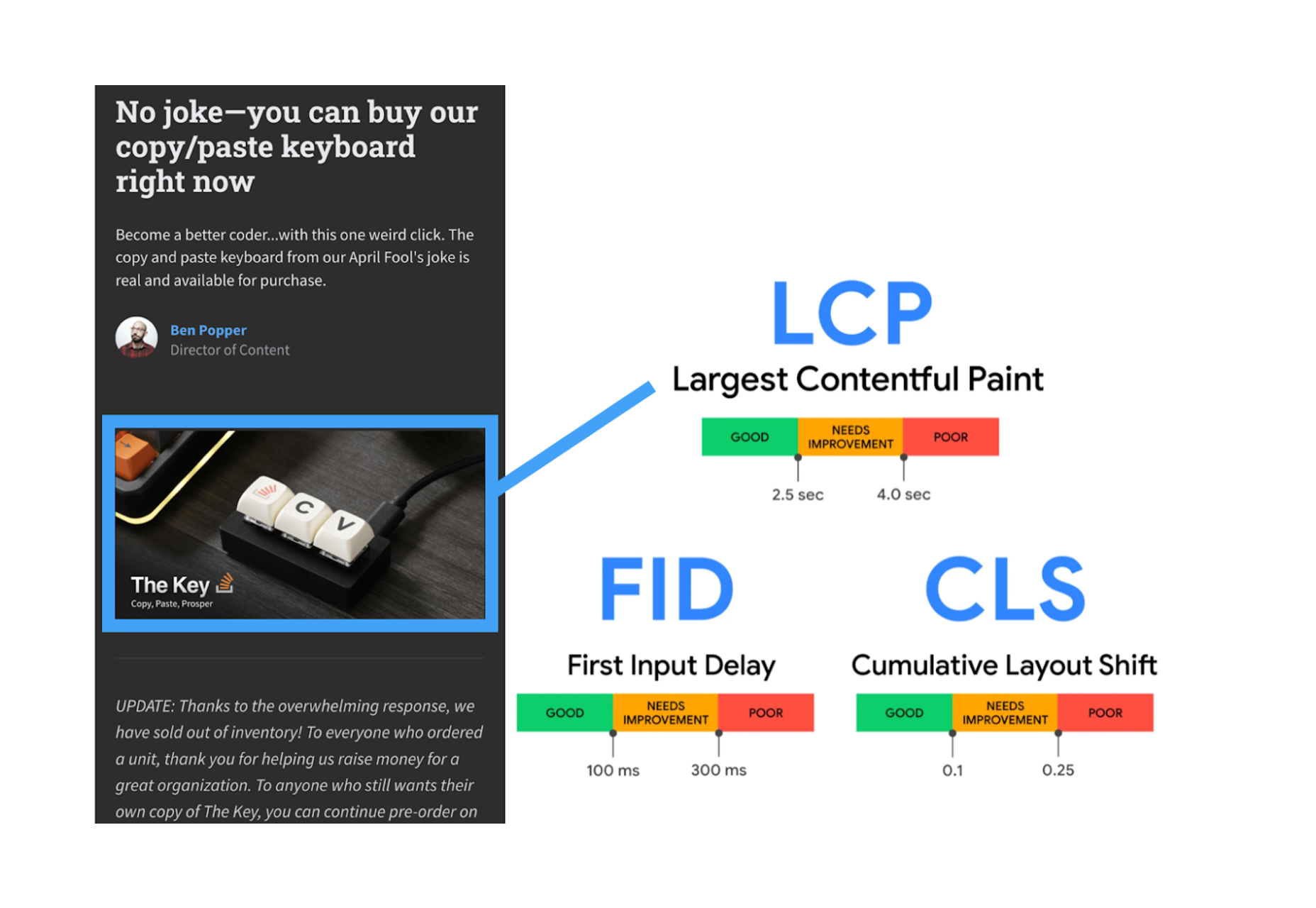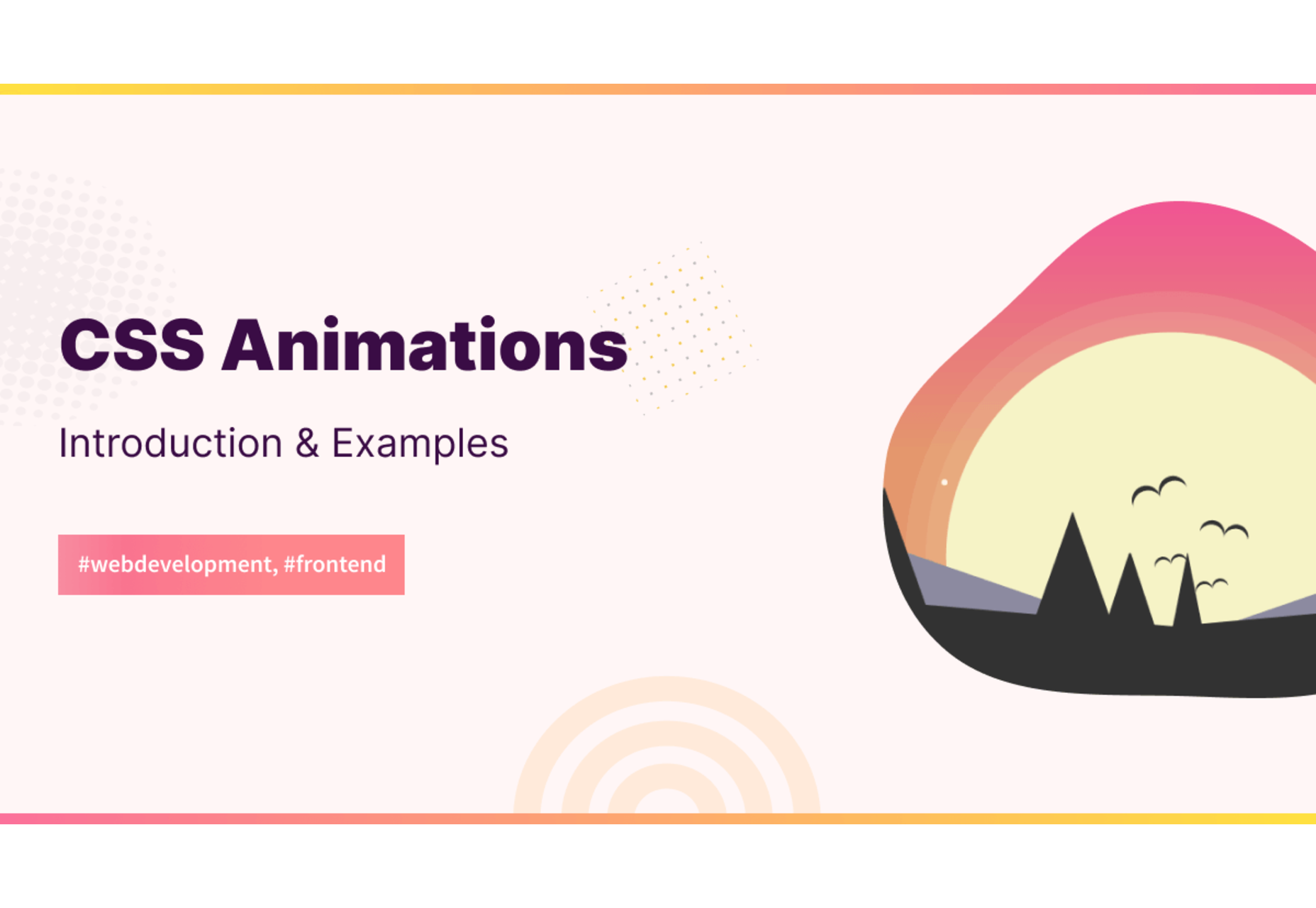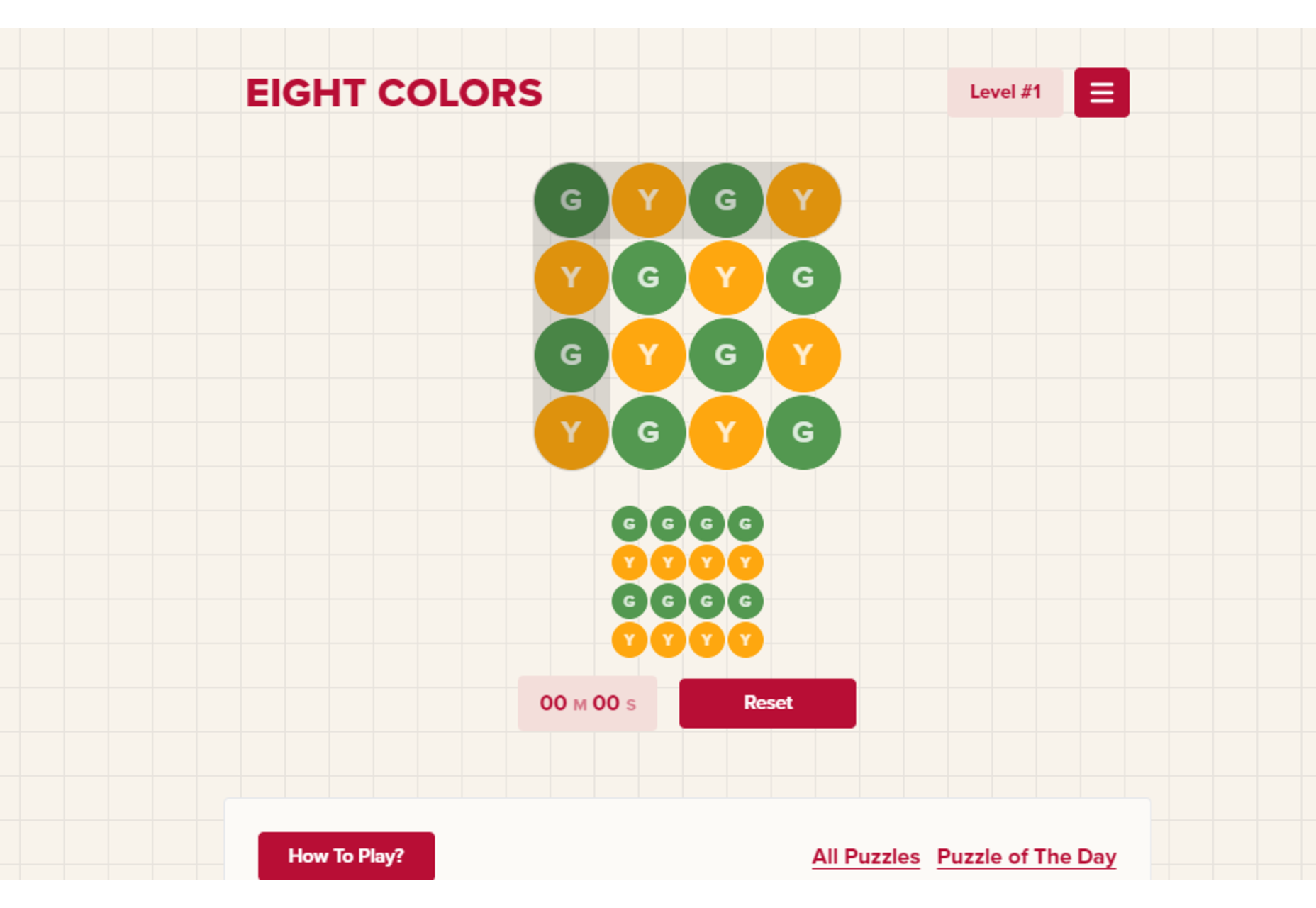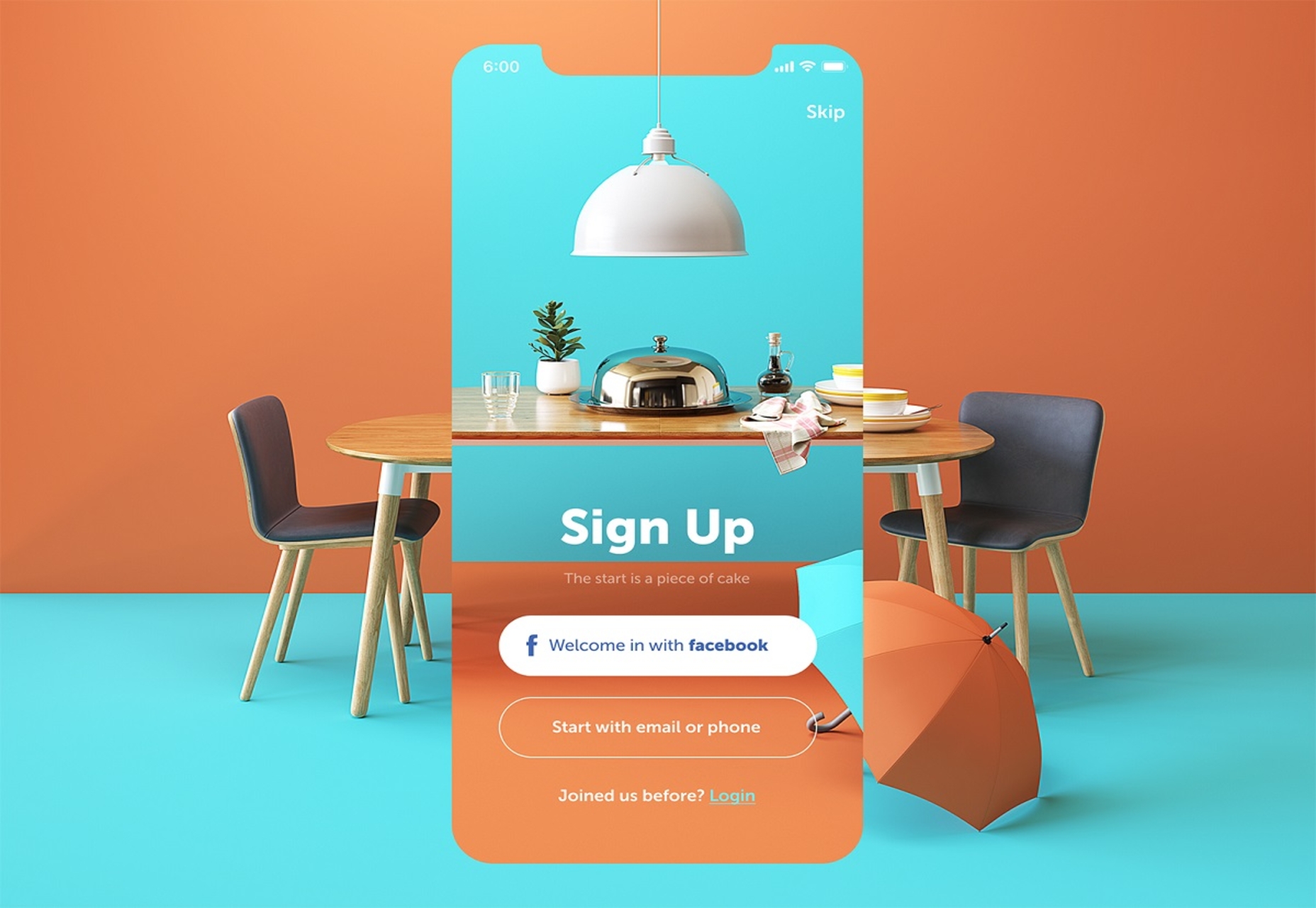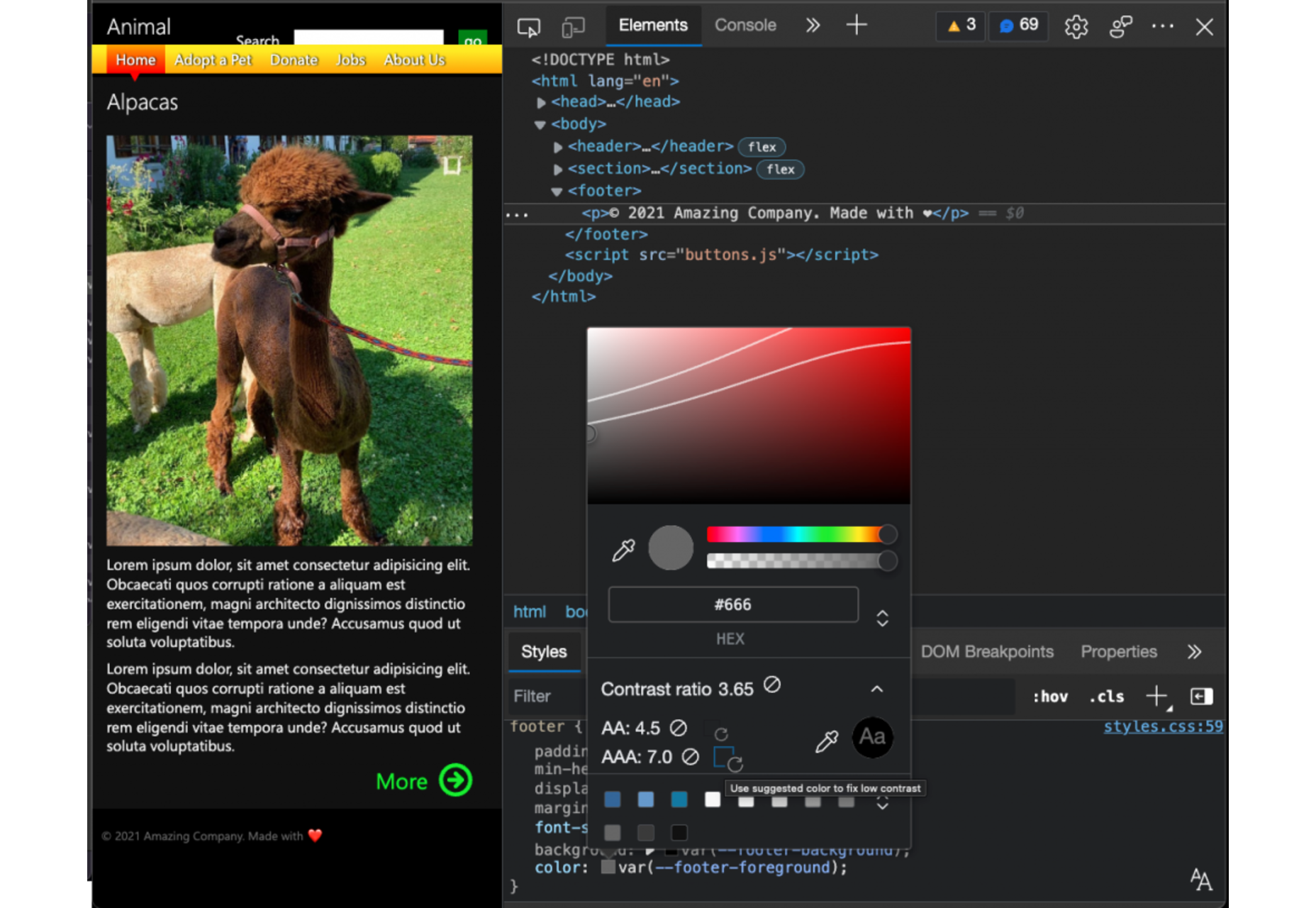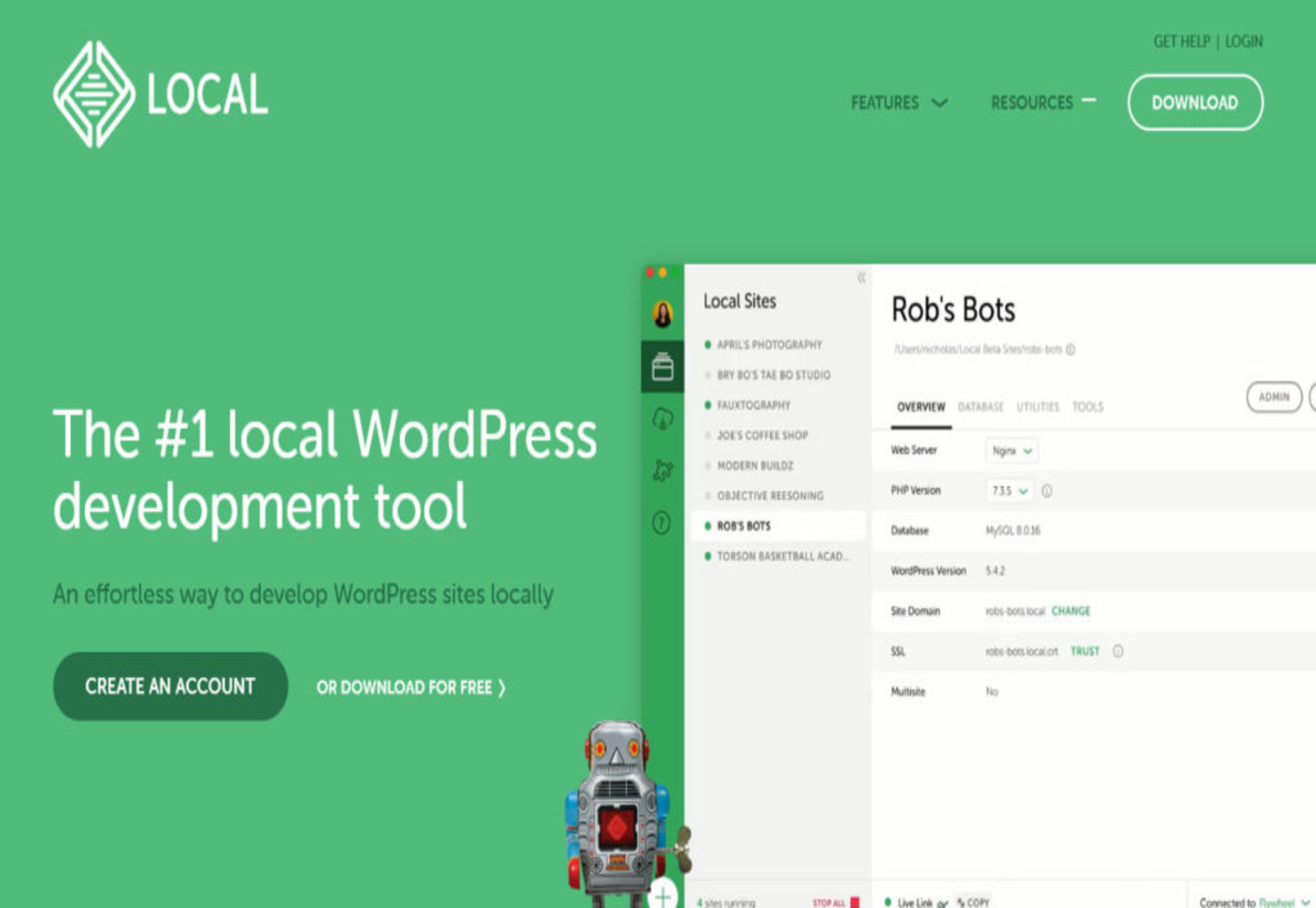Technologies such as artificial intelligence (AI), machine learning (ML), and natural language processing (NLP) have led the way to software robots that reduce the manual, time-consuming, and repetitive actions performed on digital platforms. The concept of automating tasks on digital platforms is called robotic process automation (RPA). RPA is a software robot that interacts with computer-centric processes and aims to introduce a digital workforce that performs repetitive tasks previously completed by humans. This Refcard introduces RPA technology, how it works, key components, and how to set up your environment.
Source de l’article sur DZONE
Articles
Web2 software engineers have benefitted from design standards, mature programming languages, and vulnerability tools to minimize the risks of an attack. Failure to do so can result in a situation similar to my “Equifax Attack: Only a Matter of Time” publication back in 2017.
Those working in Web3 projects find themselves at an exciting stage. Initiatives like bounties and Decentralized Autonomous Organizations (DAOs) drive new opportunities for these pioneers to explore. Unfortunately, the Web3 landscape is not as mature or defined as earlier phases in the web frontier. Compounding the situation is the risk those challenges impose in a decentralized environment — where exploitation can result in losing a large volume of assets, as well as the time it takes to secure an auditing service for smart contract code and the duration of the audit itself
When I first heard the term DevOps, What I understood from my peers is that,
“The process of deploying the application in any environment (dev/QA/prod) is called DevOps. It’s just another synonym for operations.”
As more and more organizations making the shift to cloud-native technologies, Kubernetes has become the de facto choice to orchestrate container-based applications. As applications grow in size, the number of microservices increases and so does the data they process. Hence, handling data, especially sensitive data becomes critical. Out of the box, Kubernetes supports « Secrets » objects to store sensitive information — like passwords, tokens, ssh keys, and so on — securely.
Kubernetes secret eliminates the need to hard-code sensitive data in the application code. Secrets provide this sensitive information as data mount or expose them as environment variables.
This is an article from DZone’s 2022 Low Code and No Code Trend Report.
For more:
Many companies are looking to low-code and no-code platforms to build apps in the visual environment. They provide the opportunity for faster app development and reduce the dependence on highly skilled developers. Companies may hire less experienced or only minimally trained staff (I’ll call them citizen developers) to meet service gaps and to respond to skills shortages, ensuring their larger dev team can focus on more advanced projects.
 Moving from studying design into the big wide world of web design is a daunting process. It’s a competitive and dynamic industry that’s growing all the time. It’s estimated that between 2020 and 2030, web designer jobs in the US will increase by 13%. One of the most challenging aspects of starting a career in web design is getting hired, especially as a freelancer.
Moving from studying design into the big wide world of web design is a daunting process. It’s a competitive and dynamic industry that’s growing all the time. It’s estimated that between 2020 and 2030, web designer jobs in the US will increase by 13%. One of the most challenging aspects of starting a career in web design is getting hired, especially as a freelancer.
The first thing that most clients and agencies look for is usually your level of professional experience. They want to work with someone who, while perhaps not a veteran, has at least a few years of experience. This can lead to a lot of frustration for new designers. After all, how are you supposed to get experience if nobody hires you?
Moreover, clients and agencies miss out on promising candidates when they pass up on skilled designers just because they don’t have experience.
Here’s why we should all give zero-experience designers a chance.
1. Price
Professional web design doesn’t come cheap, and for a good reason. Most freelancers who have been in the business for many years have built a solid reputation for themselves and have no shortage of work. Web design agencies have a higher degree of accountability and a quality guarantee, which is why hiring their services can cost more.
If you’re looking to get design work done on a tight budget, you’ll have better luck contacting someone with little or no experience. However, they’re most likely looking to build up their portfolio and will gladly offer you competitive rates.
2. No Experience Doesn’t Mean No Skill
Clients often assume that anything produced by an inexperienced designer will be sub-par or unusable. While it is true that an extensive portfolio is a good sign, it isn’t the only reason to hire someone.
New web designers may not be as well versed in business, but many of them are still highly skilled and motivated individuals with a lot to offer.
Whether self-taught or college graduates, they have devoted countless hours to becoming good at what they do. Instead of passing on a zero-experience candidate, give them a chance to show you what they can do with a mock-up. If you’re still dubious, then go with someone else. But you never know what someone has to offer until you put them to the test.
3. They Will Prioritize Your Job
As we’ve already established, finding work as a fresh-faced web designer can be challenging. This means that those with little to no experience are more likely to have time to devote entirely to your project, as they won’t be splitting their focus.
Agencies and well-established freelancers usually juggle several different projects at a time, meaning they will take longer to produce a result. If they happen to be working on a higher-paying job simultaneously with yours, you can guess which one they’ll prioritize.
It’s always comforting to know that the person handling your design work is focused on you and you alone. You know your project won’t be on the back burner or forgotten about.
4. You Will Foster Loyalty
This applies more to big web design agencies. New designers know their lack of experience counts against them, even for entry-level positions. If you choose to look past that and hire them anyway, they won’t forget it in a hurry.
Once you’ve hired them, you have all the time in the world to help them learn the ropes. Include them in projects headed up by more experienced designers, give them lower priority jobs, and create an environment where their technical skills can flourish.
Everyone has to start somewhere, and you can bet that they will remember who decided to give them an opportunity when nobody else would. A few years later, when they’ve found their feet in the industry, you’ll have a skilled, experienced designer with something you can’t buy: loyalty.
5. They’re Eager to Learn
Industry veterans eventually become somewhat set in their ways. They develop their unique style and way of doing things, and while this isn’t bad, it’s different from someone freshly entering the industry for the first time.
New designers are much more eager to take instruction and expand their repertoire according to your needs. They have the time, energy, and motivation to learn new skills and may have a different approach to projects simply because they have not yet learned otherwise.
6. No Project Is Too Small
Not every job is going to be massive and high paying. People need web designers for small business sites, event pages, small ad campaigns, and other similar projects. Established designers looking for bigger fish will often pass up these kinds of jobs. But they are ideal for new designers who need to build their portfolio website.
On the other hand, new designers will usually take any opportunity to make money and gain experience. If your project isn’t massively complex or high stakes, use it as an opportunity to give someone a chance to showcase their skills.
7. Everyone Starts Somewhere
No designer starts their career with experience, and many work in other design-related jobs for some time before they begin to do what they’re genuinely passionate about. Industries that make it hard for entry-level professionals to find work often discourage them from pursuing their goals. While philanthropy might not be high on the list of priorities for clients or agencies who want the best in the business, it’s always good to remember that growing industry means recognizing potential.
Not every newbie will be a prodigy. But without people out there willing to give them a chance, even the most gifted designer will eventually lose heart.
Summary
In short, experience isn’t everything. While it is a vital asset to any designer, there is certainly room in the industry to allow those with potential to grow.
So, next time you’re looking for new hires or someone to take on a freelance gig, remember what it’s like to be the new guy and consider hiring someone less experienced. You will sometimes find the brightest gems where you least expect them.
Featured image via Pexels.
The post Why Zero Experience Designers Need A Chance first appeared on Webdesigner Depot.
Organizations that want to use the cloud but don’t want to entrust their data to an external provider build their own on-premises cloud, also known as a private cloud. They build their own infrastructure, buy their own software, and build an in-house team to oversee everything. While the goal is to stay in control of your data, this technique is fraught with security threats and other pitfalls.
Haven’t you ever thought about migrating to the cloud? If you are already migrated to the environment of a private cloud, there are a few security risks in the private cloud that are found crucial.
 There are long-standing patterns in design that help us understand what the user wants and which solution will work best. These are referred to as design patterns. This article will explain how patterns help us appropriately construct an interface. We’ll dissect features like buttons, navigation, accordions, and date selection with examples.
There are long-standing patterns in design that help us understand what the user wants and which solution will work best. These are referred to as design patterns. This article will explain how patterns help us appropriately construct an interface. We’ll dissect features like buttons, navigation, accordions, and date selection with examples.
This article will be helpful to both new and experienced designers who want to learn more about how to use interactive features and when to use them. If you’ve been in the industry for more than a year, you’ll know that nothing is black and white and that multiple ways can address the same problem depending on the situation.
Buttons
First, consider the following question: which of the buttons depicted in the graphic is better?

The first button will appear to be the obvious choice for many people. Indeed, it is a well-known pattern that most people will recognize; it is the perfect solution for many projects. However, if customers understand the context, they are less concerned with the shape; therefore, there is no need for the designer to think in stereotypical terms. The context or states of a button can demonstrate that it is a button. When we place the cursor at an interactive feature on one website, it turns into a circle. “View” will be written inside the circle. The interface will be less cluttered as a result, and you will be able to clearly show the user that they are dealing with an interactive interface.

Next, which of these two Skip and Sign Up buttons, each with a distinct design accent, is better?

Many people would most likely vote for the first couple. That was something I used to do as well. However, put yourself in the shoes of a user and observe what this interface expects of you. They also want us to collect data at registration, which they emphasize. You can, however, skip this step. Is it up to par? Yes, because many users are hesitant to register on the site and provide personal information. We decide for the user which action is a priority when we show this hierarchy of buttons. But why not let them make their own decision? This is becoming a more prevalent strategy nowadays. For example, we see two identically filled buttons at Nike: Register and Learn more.

Apple uses the Learn More and Buy buttons the same way. The latter isn’t a large red button that screams, “Buy now! Buy now!” The user also can decide what is more important right now.

And here’s another question: if you had to choose between Cancel and Save, which would you put first?

It’s difficult to say whether Cancel should be displayed first or Save. Assume I issue a command. Which is more important: having a button in the interface for the desired action or seeing all of the answer alternatives and then deciding? Designers frequently choose the second choice, but it is unimportant.
According to Nielsen Norman Group research, both the first and second patterns are understandable for customers. Android and iOS are two examples of this, as they use both methods. They all have their own set of benefits.

I enjoy how Apple handles this in macOS. The emphasis is on canceling the action if you are assigned an irreversible task (such as deleting data from the recycle bin). The user must fully comprehend that they cannot retrievd anything they delete.

So, when working with buttons, do the following:
- Determine your task, i.e., what action the constructed buttons should prompt the user to take.
- See if you can demonstrate that the button is a button by looking at its uses in the interface or its states.
- Check to see if the text on the buttons is legible.
Navigation
I’ll also begin the navigation section with an example question. Consider a site’s navigational block and a logo (a circle on the slide). Is it better to put the logo in the middle of the navigation or on the left side?

Both options appear to be equivalent. However, according to various research, the upper left corner is still preferable. There are numerous explanations for this. Because we read from left to right, the logo is the first thing we see. It’s also a marker that tells the user where they came from.
The NNG research center conducted an interesting experiment on this topic. Users were tasked with purchasing a specific item from an online store. At the same time, the list did not include any well-known stores, only local businesses. Some sites’ logos were on the left side of the navigation, while others were in the middle. Commodities were purchased, but the users had no idea what was being tested in the trial. After a while, they were asked for the company’s name from which they purchased the merchandise on the internet. People remembered both the brand and the company name better when the logo was on the left. As a result, having the logo on the left is likely to be significantly better—especially for well-known organizations. Of course, this doesn’t stop a lot of websites from putting their logo in the middle of the navigation box.
Consider a site that displays page links in a burger-style menu. Is it better to hide all navigation in the burger or remove part of the elements and display them to the user?

According to research, it is preferable to highlight a part of the navigation. If you know what sections users visit first, you might be able to show them those sections immediately. However, the user must click on the icon and search through a comprehensive database for specific information. Therefore, it makes sense to expedite this process and immediately provide them with what they require.
This is true not only for mobile interfaces but also for desktop interfaces. In the example below, a directory must be opened independently to be viewed. When the focus of a user’s attention shifts, it irritates them. If a drop-down list displays when you open a menu, users are not always comfortable. After that, it must proceed from left to right, and so on. Therefore, it’s preferable to display the complete menu if possible.

When it comes to navigation, the issue of the menu’s number of items cannot be overlooked. The fewer options a user has, the easier it is for them to decide. It is suggested that 7-9 things are ideal on the internet. However, when there are a lot of sections, subcategories, and sub-subcategories (as in a marketplace), fitting everything into a minimal number of items isn’t always feasible.
There are various options in this instance. There are multiple tiers of menus that can be created. The website of the New York Times is an example. There is horizontal navigation and another burger on the upper left of the home page. A wide menu appears when you click it, with more sections at the bottom and more sections at the top. The fact that the New York Times is a vast resource justifies this. That is why the website’s designers placed the essential items on the horizontal while also indicating that there are other components. The menu is accessed using a button in the upper left corner. If the user is dissatisfied with the primary navigation, this placement enhances the likelihood that they will see the menu and click.

According to the three-click rule, the user must reach the needed information in three clicks. There is, however, no data to back this up. Users today are willing to spend significantly more time looking for information. For example, if we’re looking for a product at an online store, we browse to the appropriate department and then dig further into many subcategories until we find it. Then there’s more filtering, sorting, adding to comparisons, adding to cart, checkout, shipping, etc. This does not appear to fit within three clicks. As a result, don’t limit yourself to this guideline. It’s preferable to keep the navigation simple and obvious so that the user may rapidly reach his objectives.
Perhaps you could divide the interface so that the user chooses from 7-9 categories first, then another 7-9, then another 7-9, and so on till they reach the end. Although you shouldn’t make it too complicated by creating a hierarchy with ten to twenty levels—this is scarcely practical. Five catalog segments, in my opinion, are quite acceptable.

But what if there are a lot of subcategories, and you can’t sensibly divide them into 7-9 items? Here are two basic strategies to assist you: The first is a list of names in alphabetical order. The second point to consider is terminology. This may be seen with Amazon. Take a look at their home decor area, which is organized alphabetically by subcategories. This makes finding things much easier for the user. The essential requirement is that the name be correct and recognizable to the user. You should not use jargon, slang, or professional vocabulary.

In some places, I genuinely admire Amazon’s approach. The creators placed a couple of the most popular subcategories at the top of the list, then let the rest of them go in alphabetical order. This is an excellent solution to the problem because it allows you to display the most popular things first.

Avic follows suit. Apple products account for the majority of the company’s revenue. As a result, breaking up or hiding such products makes no sense; instead, they are removed from the catalog and relocated to the top, increasing the number of categories on the main page. Again, it appears that the user will have difficulty making a decision. However, if Apple is the primary source of revenue, it seems logical to feature this section right away.

The examples considered are based on simple navigation. However, not every task is like this in practice. You might want to do something entirely out of the ordinary in some circumstances. For example, you may have seen a developer’s website in France where you have to use the arrow keys on the keyboard to drive a car that rides between menu items to traverse between sections. This is a rare occurrence, and even though it appears to me to tackle a slightly different problem, it succeeds—and in the process, it generates an environment around the project.

Here’s another example of an impressive menu from the Warsaw Puppet Theater’s website. All navigation is done using symbolic images that appear to be on strings and move as you point at them, much like puppets. As a result, the user becomes more engaged in the navigation game. In the tradition of puppet theater, this approach produces a delightful ambiance.

Go over the following items before beginning to work with navigation:
- Is there anything you don’t want to be seen on the site? If the service is huge, consider how you might make the user’s life easier: alphabetical order, putting critical stuff first, constructing sophisticated breadcrumbs, etc.
- Find a way to display to the user where they are now and where they can go. This is critical because you should always design states for all interactive elements: normal, on hover, active, unavailable, and in the process of loading.
- Determine whether the menu will be anchored at the top and what it will contain. A language switcher, for example, will most likely be located in the top right corner of a bilingual site. Should you, however, remove the option to change the language if the visitor has already begun scrolling down the page?
Accordion
Let’s get to the accordion now. First, let’s look at two different versions of this interface element: one with the chevron pointing down and one with the plus symbol. Which version of the icon do you think is better? Then there’s the question of whether the icon should be placed to the right or left of the text, independent of its type.

According to studies, users recognize accordions and are more likely to click on the text. They click on the icon 25% of the time when it’s on the right and 75% of the time the text it’s on the left. Does this mean there’s no need for the icon to be on the right? No, it’s pretty acceptable to put it there. In truth, it doesn’t matter where we put it; the important thing is that we put it somewhere and make it big enough to click on.
The only difference is that the procedure takes a little longer when you click on the icon. This is because individuals aim and try to click on the icon accurately. As a result, it is vital to create such an element large enough to work with comfortably. I would even propose enlarging the clickable area rather than the icon itself. The project “Dia,” in which the icons are as large as the accordion itself, appeals to me. This site is, I believe, simple and convenient for all users. Each cell is clickable and takes up the entire screen width in this example.

When it comes to the arrow’s direction, you shouldn’t always aim it right. Many users have learned that pointing the arrow to the right indicates heading to another page. Only the tiny area, text, and icon in the example below are clickable, and there is a button at the bottom with an arrow that points in the same direction as the accordion’s equivalent. However, the acts are distinct. When you click the accordion, it will open block down, and when you click the button, you will be redirected to another page. People may be perplexed by this.

Giving the user an accordion with no identifying signs is likewise not good. A person must know which aspect of the interface they are interacting with. You must either use an icon or demonstrate that the element is clickable. The only thing that indicates clickability in the example above is the changing appearance of the cursor when hovering over the text. However, it is not visible; it must be larger, or a term such as “Read” should be used. Without that, the user won’t be able to tell the accordion apart from the bold text selection.

As I previously stated, you must think out all interactive features in terms of states. If there was a positive, for example, it should change—or at least become a minus. As a result, the user will realize that the drop-down box can be hidden.

It’s inconvenient when the icon vanishes after you click on it. The user anticipates being able to close the block at the exact location where they first opened it. After all, they may not like the response that appears and may want to delete it right away. He’ll have to re-aim now that the button has been repositioned. Here’s an unusual example of an accordion plus that isn’t clickable. This is only true for mobile navigation. If the user has previously dealt with the desktop version, they may not recognize what’s wrong and believe it’s a bug when switching to the mobile version.

Imagine you’re charged with deciding whether to keep the open items or conceal them when the user opens others. On the one hand, if the items don’t shut, the symbol will not move because no items are transferring. On the other hand, if there is too much text, the user may have trouble navigating to the following question. As a result, it may be preferable to close superfluous blocks automatically. However, consider the number of responses in a specific accordion.

The accordion is a multipurpose element. Not only may it be utilized for the FAQ area, but also the checkout page. According to Baymard, more than 30% of online retailers worldwide accept payments through accordion-style checkouts, with the percentage in the United States being considerably higher at 56%.
This solution has several benefits. The user can first view the following steps to complete (say, which payment systems are accepted). You don’t even have to click “Next” or navigate to another website to accomplish this. Second, the accordion makes it simple to navigate from block to block to check data without having to reload the page and risk losing it. After all, if the user made a mistake in the first area and discovered it in the second, it’s simple to correct it here. You’d have to return to the previous page in a typical checkout and risk losing the information you’d filled out but hadn’t sent to the server.

You can also use an accordion to create menus. However, you must exercise caution in this situation. The parent accordion category in the example below has no content. As a result, if you repeatedly click on the items to collapse the accordion, the entire content area remains empty. In this situation, it’s also a good idea to include some information in this page section.

The fantastic, beautiful accordion on hover is another example. It is quite adaptable. Although there is no accordion in the mobile version, it is essentially just banners that translate to other links.

Another more extreme example created by evident admirers of such a solution is an accordion within an accordion. The entire site can be navigated using these blocks. It’s amazing.

In mobile interfaces, accordions are also essential for website design. They make it simple to conceal information. All navigation on The Guardian’s website is done through these blocks. The only thing that bothers me is that the parent categories aren’t clickable. A user does not have the choice of seeing all of the sports news. Only the subcategories “Football,” “Cricket,” “Rugby,” and so on are available. On the other hand, The Guardian has moved the parent categories on the front page, which is a reasonable answer to such an issue.

The Wall Street Journal, on the other hand, took a very different approach. They didn’t post the categories on the main page and instead crammed everything into a single block. When a user visits a category, however, there is the Main section. This allows you to navigate to the main parent section or a specific subcategory.

Let’s summarize the accordion:
- Always ask yourself from the start if you really need an accordion. After all, the user’s “fee” is the click. You can sometimes get away without it and supply all the information at once.
- Consider which icon to use. It can be anything, but the most important thing is that it is simple to use.
- Where should the symbol be placed? It is highly dependent on how everything adapts. For example, if you have a long line, it is preferable to set the symbol on the left. Then, you won’t have to worry about the icon vanishing when you collapse the accordion into a small block and shift the text to the following line.
- Choose whether all blocks are closed by default or the initial block is left open. This is dependent on your task and the aims of the user.
Date
The choice of date is the next crucial factor to consider when discussing design patterns. I’ll begin with a comparison, as is customary. Users of iOS 14 who have set the alarm clock time will be familiar with this scenario. What is the better option?

I like the first choice since it is more attractive and does not distort the font as much as the second. However, the first variant has a potential issue: it is difficult to modify and twist. After all, the space is limited, and the user must fit precisely into the spot. It’s worth noting that Apple decided to leave both alternatives open.
Consider what you’ll use the Date Picker for a while you’re creating it: a date range for booking hotels or planning excursions, a date to set a birthday or reminder, a date to indicate the time for a movie session, or for ordering a cab. This will impact the rest of the process of envisioning and designing this feature.
It’s critical, in my opinion, to describe the many ways in which the user obtains information right now. The four options are a calendar, a drum (more of a mobile solution), a conventional input area, and a drop-down list. Let’s look at a few distinct solutions that all deal with airline tickets. Wizz Air, for example, utilizes a calendar, but it’s a double one so that the customer can see two months at once.
But, if so, which start date should be specified? It seems it should be the next day, and the website shows this. However, studies have shown that users are not always happy when a date has already been set. People rarely purchase next-day plane tickets. Therefore this “default” setting will almost certainly need to be modified.

Qatar Airlines went even further by announcing a start and end date. Today is the first day of the program. Is that choice required if the user logs in at 23:58? The second issue is that there is no differentiation between the start and end dates and all days in between. Everything is painted in the same hue. Users want to see anchors for dates if they plan a long trip that begins in one location and concludes in another. People are used to being told that we begin and end at specific places. As a result, the user can be certain that the dates are correct.

Today, UIA puts both the departure and return dates on the calendar. We’ve already established that this isn’t ideal. It’s also challenging to select a destination because you have to first click on the list, then go to the dropdown, search for the country, etc. It’s a long and winding road. But, it appears to me that the main blunder is something else. The search results output is blank. If I select two destinations and dates, I may be informed that that destination has no available flights. If I go on to the following date on the calendar, there are no flights available. Overbooking is the only method to find out when they will arrive. I’m likely to use a third-party aggregator that gathers data from numerous airlines straightforwardly and conveniently.

SkyUp’s calendar is one of my favorites. It includes large fields that open up a large calendar, and it’s simple to set the trip’s start and end dates. It indicates days when there are no flights for a specific location, and you can view the price for each ticket right away. This is quite useful because it allows you to choose a day and a flight even before you click confirm.

Let us now turn our attention to the drum. You can enter nearly any information into such an element, including time, date, and other lists. Users may easily navigate this tool and jump between values.

The input field follows. We must consider the format if we allow the user to enter a date using the keyboard. For example, in different regions of the world, “12.10.2021” may be interpreted differently: for some, it may be October 12, while for others, it may be December 10. This is especially significant in the case of the following example site for renting a car in another country. The user must be aware of the format they are dealing with. In this circumstance, several experts advise that the user writes in text. However, there is the issue of localization: would the system recognize that the language is not global English but rather a more non-standard language? After all, the user can use abbreviations when writing. You must either instruct the user on how to do it or use other solutions, such as placing a calendar icon next to it. In this method, the user controls how the data is entered.

If the drop-down list is modest, such as months, there is nothing wrong with it. However, you may accumulate an excessively long list over time. Consider the website Ukrzaliznytsia. The time limit is one hour, and there are 24 items on the list. Perhaps a mixed approach is best here, where the user enters a few digits and then selects from a list.

This is precisely the approach used in Google Calendar. If you start writing 16 in the input box, the sub-options appear at 16:00, 16:15, 16:30, and 16:45 (according to the system’s set step of 15 minutes).

Let’s summarize calendars:
- When creating a calendar, remember to figure out what format the date will be in, as well as localization, language, and how to define where the day and month will be.
- It’s worth noting that the start of the week varies by region and personal preference—in some cases, it’s Sunday rather than Monday.
- Figure out whether the fields should have some default value if they are going to make sense to users or leave everything blank at the start.
- Decide if unavailable days should and can be shown. In some cases, there may be technical limitations here. I’ll refer you to the examples mentioned above. SkyUp may not have many flights, and Qatar Airlines has an order of magnitude more. Because of this, it is not always possible to pull flight information to the calendar before the user sends a request to the server.
- Determine whether the next entry step should be opened automatically. For example, for Wizz Air, after filling in the departure date, the field for the end date will open automatically, while for UIA, you need to click the field again for the second date.
- What to give the user first: the date or the time? Let’s say you want to sign up for an English course. You have certain working hours, and you want to get to classes before or after them, any day suits you. What is the primary goal: to allow a person to enter the time and then show the available days for a given schedule, or do otherwise? That brings up another question: how do you show selected and unavailable days or other labels? For example, in Google calendar, everything is well separated by color tags: events, public holidays, invitations to events, etc. But in this scenario, you need to think about the possibility of creating a legend that describes all the tags you’ve created.
Remember: Design Patterns Must Solve the User’s Problems
If you summarize everything above, the main recommendation is simple: before applying any design patterns, make sure you know what tasks the user should complete and how to solve them. Based on this, you can build an interface with gorgeous and, more significantly, human-friendly buttons, navigation, accordions, dates, and other features.
The post Design Patterns: How to Create Simple Interfaces first appeared on Webdesigner Depot.
 Every day design fans submit incredible industry stories to our sister-site, Webdesigner News. Our colleagues sift through it, selecting the very best stories from the design, UX, tech, and development worlds and posting them live on the site.
Every day design fans submit incredible industry stories to our sister-site, Webdesigner News. Our colleagues sift through it, selecting the very best stories from the design, UX, tech, and development worlds and posting them live on the site.
The best way to keep up with the most important stories for web professionals is to subscribe to Webdesigner News or check out the site regularly. However, in case you missed a day this week, here’s a handy compilation of the top curated stories from the last seven days. Enjoy!”
33 JavaScript Concepts Every Developer Should Know
Zas Editor: A Capable and Fast Code Editor for macOS
Exciting New Tools for Designers, April 2022
Picture Perfect Images with the Modern Img Element
CSS Animation Examples
Eight Colors
The Coolest Graphic Design Trends of 2022, from Y2K to Anti-design
Basic Types of Buttons in Web and Mobile User Interfaces
OpenAI’s New Image Generator Sparks Both Excitement and Fear
One Million Broken Web Sites – And a Way to Prevent that
How to Set up a Local WordPress Development Environment (3 Options)
The post Popular Design News of the Week: April 11, 2022 – April 17, 2022 first appeared on Webdesigner Depot.
 Bored with the same old design tools? There are plenty of new toys to experiment with, from fun divots to functional design tools that could become your new go-to’s.
Bored with the same old design tools? There are plenty of new toys to experiment with, from fun divots to functional design tools that could become your new go-to’s.
Here’s what is new for designers this month…
Kosmo
Kosmo is a new project management and invoicing system designed just for freelancers. Designers and developers will love it because the interface is sleek and modern. The tool lets you send invoices, track time, manage projects, send proposals and contracts, and manage billing. You can customize everything from your brand to colors so that your invoices reflect your business style. The platform has a free option as well, making it easy to have the tools you need to run your business. (Plus, there’s a very affordable premium plan if you want more features.)
STUDIO
STUDIO lets designers layout and publish responsive websites, including the ability to connect to backend data, all with a low learning-curve GUI and no coding knowledge prerequisites. You can publish to a free URL with free hosting on the cloud. The free version also includes forms. STUDIO also has premium plans if you like the tool for websites of all sizes and bandwidth needs.
NFT.js
NFT.JS allows you to deploy an ERC721 contract that can perform all the required functions without writing a single line of code. Interact with the contract by calling functions and sending transactions to the contract with a couple of lines of NFT.JS. Provide the input file into the metadata object, and NFT.JS uploads all the files provided in the metadata to IPFS as well as uploads the metadata.json file to IPFS and mints the NFT.
Color Morph
Color Morph is a fun little tool to help you generate mesh gradients in SVG format, or generate CSS, that you can snag and use in projects. The patterns are trendy and fun to use.
Scripts Organizer
Scripts Organizer is an advanced code editor for WordPress. This premium tool helps you make workflow scripts work for you with scheduling, advanced functionality, live previews, safe mode, SCSS partials, code injections, import and export, and more.
Texture
Texture is a fun web project that creates generative art that you can use for backgrounds or pretty much anything else. Preview the textures, pull the JavaScript or CSS or even edit and continue to play with them on CodePen.
Avvvatars
Avvvatars are a set of unique placeholder avatars that are free. The tool is easy to use, includes 40 colors, is accessible and lightweight, comes with 60 shapes, and is customizable. You can grab it on GitHub or as a Figma file.
Epic Ruler
Epic Ruler is a premium design utility tool that measures distance, dimensions, position, pick colors, test contrast, and align on-screen elements anywhere on your screen. You can also create alignments, and it comes with a great color picker that helps you pinpoint hues down to the pixel.
Jotform Apps
Jotform Apps is a new set of app tools from the company you may know for form-building tools. The free no-code app builder lets you add forms, links, widgets, and branding to one fully customized app that can be downloaded onto any smartphone, tablet, or computer. Get started with a template to jumpstart projects.
Spruce
Spruce is an open-source, lightweight CSS design system that’s built on Sass. The tool, which is in beta, is designed to help you start with a solid foundation for projects. It includes structure and code, typography, tables, and buttons.
Yaade
Yaade is an open-source, self-hosted, collaborative API development environment. It’s made for those who want self-hosting in security – if you don’t know the password, there’s no way in! You can import OpenAPI v3 files, there’s data import and export, and a dark mode default.
Agnostic UI
Agnostic UI is one stylesheet that works with multiple frameworks. The user interface components work in React, Vue 3, Svelte, and Angular. It includes semantic and accessible HTML with unprocessed CSS so you can code on the platform to get ahead of web standards.
Turbulent Buttons
Turbulent Buttons is a button-and-hover animation that goes the extra mile. This is a fun button and animation that is anything but boring.
Never Install
Never Install is a cloud platform that allows you to run any application from the browser without installing it on your device. It is an alternative to traditional desktop application usage and enables people to stream applications over the web. The developers are working on a next-generation cloud platform to bring any GUI application regardless of the operating system, device, and system requirements to the browser. The tool is free to use.
Photoinsight
Photoinsight is a tool (free and paid) to manage digital assets, including photos, videos, and 3D elements, in one place. You can search, filter, and group views based on your preferences. Plus, there are tools such as batch renaming and statistics and trends to help you manage files.
Formspector
Formspector answers that nagging question – are my forms working? Use the tool to set automated tests that will notify you if anything stops working, from newsletter signups to contact forms to support requests.
Wikifox.js
Wikifox.js is a lightweight, powerful, and restful JavaScript library that connects to the Wikipedia API. This library can be used to get content from Wikipedia.
Lightning Builder
Lightning Builder is a free browser-based drag and drop website builder. You can design a mockup in minutes so that you can show developers or writers what you are thinking when you are planning a new design or website project. Use it to ease communication for teams with new project builds.
Waaard
Waaard is a tiny tool with a lot of practical applications. Use it to create a protected link or file that only people you want to access it can open. With plenty of verification methods, you’ll know your links are safe.
Doodle Ipsum
Doodle Ipsum is the lorem ipsum of illustrations. Customize doodles, grab the code, and use them on web prototypes, landing pages, or no-code tools.
FF Din Stencil
FF Din Stencil is a fun display typeface for just the right application with a distinct style. It comes in a variety of weights and styles and is part of a greater FF Din family.
Fontanella
Fontanella is a typeface designed by Coto Mendoza, which emerged from calligraphy and manual drawing exploring the skeleton and classic proportions of Roman capital letters. It has an easy-to-read style with interesting sans serif characters.
Sarlotte
Sarlotte is a statuesque typeface with long tails, swashes, and flourishes. From the type designer: It seduces your eyes with its curves yet still manages to maintain its classy serenity, it’s perfect for branding, logos, invitations, and more.
The post Exciting New Tools For Designers, April 2022 first appeared on Webdesigner Depot.
